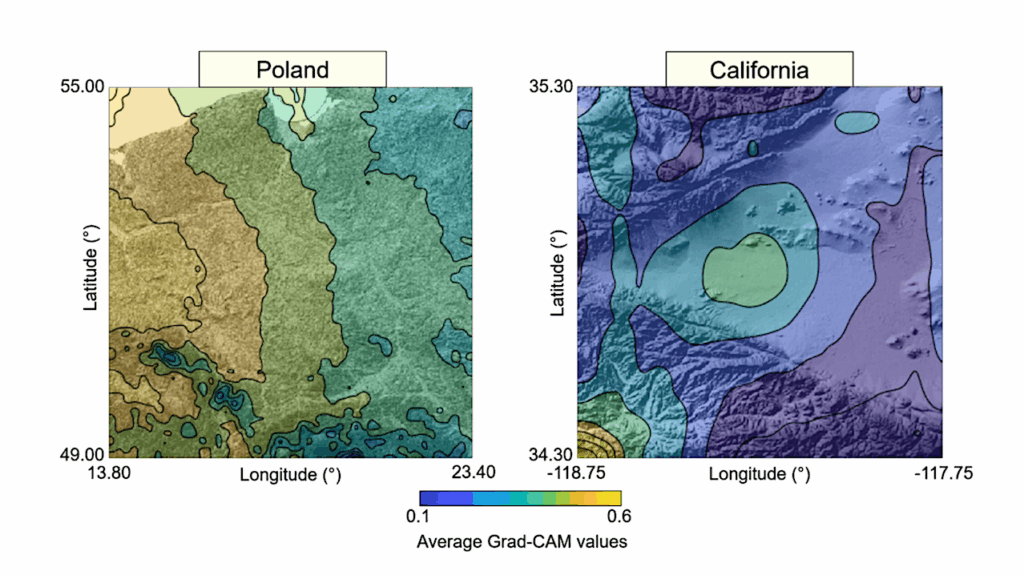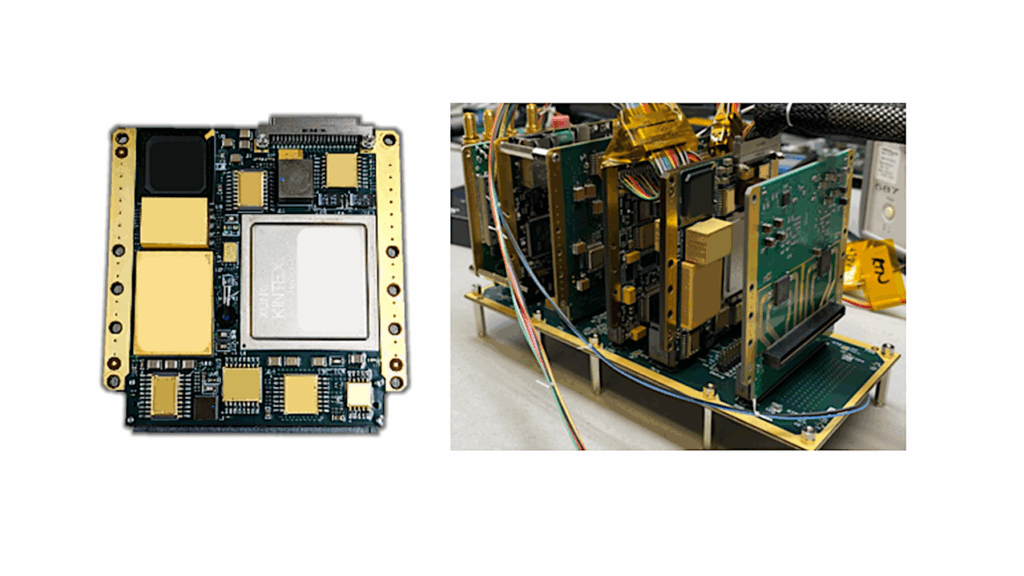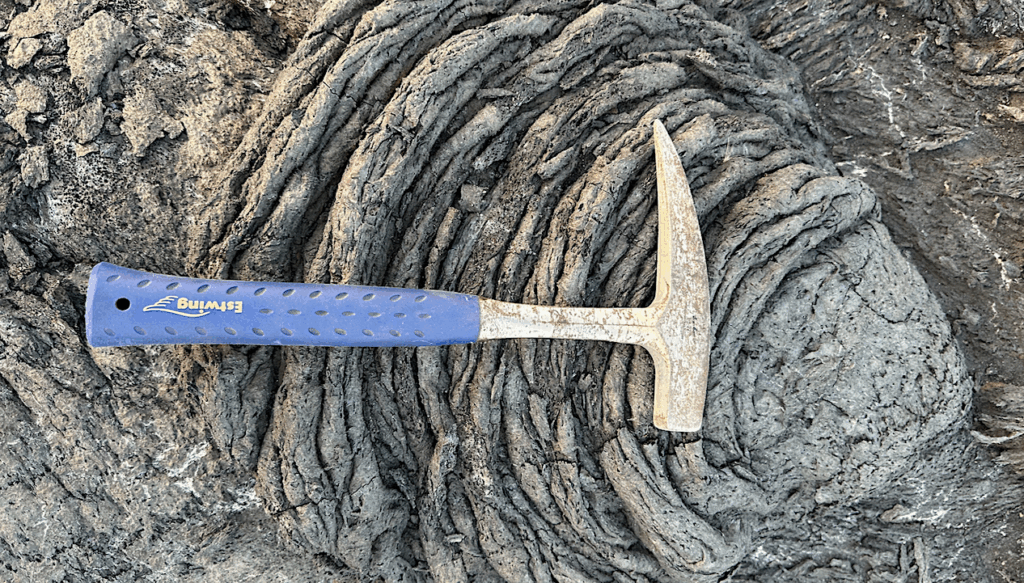Orbital Properties And Implications For The Initiation Of Plate Tectonics And Planetary Habitability

The existence of plate tectonics on the Earth is directly dependent on the internal viscosity contrast, mass of the planet, availability of liquid water and an internal heat source.
However, the initial conditions of rotational velocity and revolutionary periodicity of the Earth around the Sun too must have been significant for the inception of plate tectonics. The initial orbital conditions of the Earth were significantly influenced by the diametrical processes of core segregation and Moon formation and that had probably led to the eventuality of initiation and persistence of plate tectonics.
The change in the orbital conditions could have rendered the Earth to evolve in a near-linear trend so that the rotational periodicity of the planet (TP) could approach the time taken for the planet to travel one degree in its orbit around the Sun (T1degree), that is TP ~ T1degree. Such an optimal condition for the rotational and revolutionary periodicities could be essential for the development of plate tectonics on the Earth. This hypothesis has direct implications on the possibility of plate tectonics and life in extrasolar planets and potentially habitable solar planetary bodies such as Europa and Mars.
Rajagopal Anand
Comments: 13 Pages, 2 figures
Subjects: Earth and Planetary Astrophysics (astro-ph.EP); Geophysics (physics.geo-ph)
Cite as: arXiv:2202.10719 [astro-ph.EP] (or arXiv:2202.10719v1 [astro-ph.EP] for this version)
Submission history
From: Rajagopal Anand
[v1] Tue, 22 Feb 2022 08:15:58 UTC (966 KB)
https://arxiv.org/abs/2202.10719
Astrobiology








